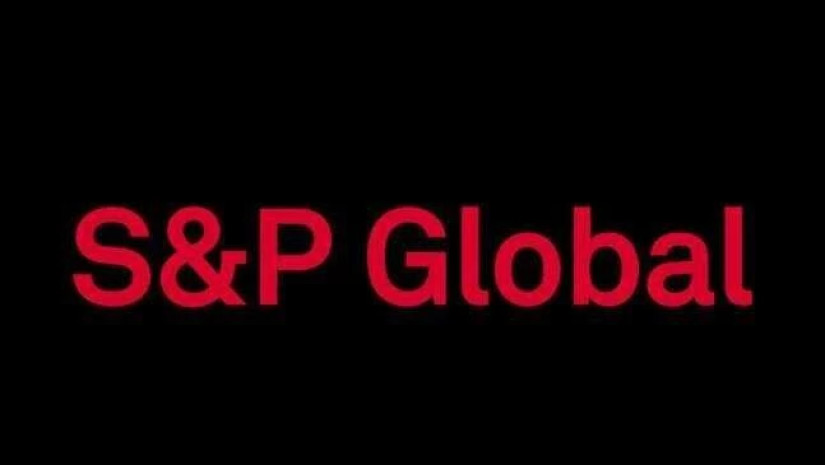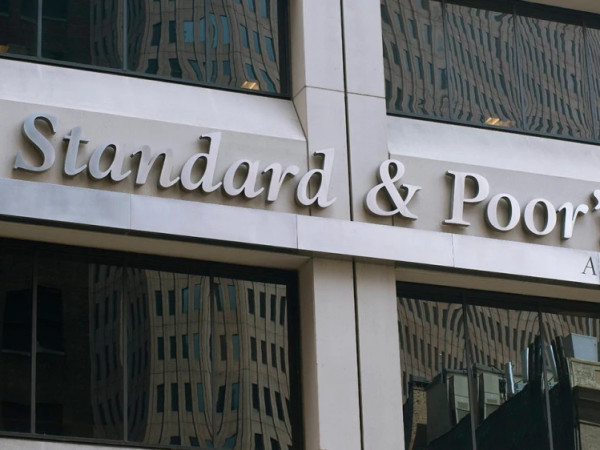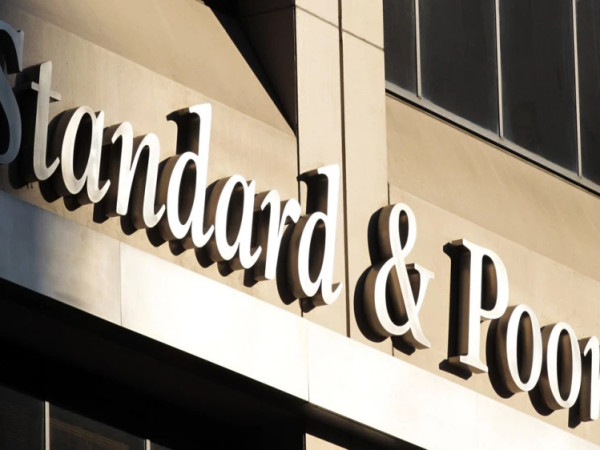Since our last update, which was on March 3, the spread of the coronavirus has accelerated, and its economic effect has worsened sharply. Economic data remains scarce, but the long-awaited initial figures from China for January and February were much worse than feared. The spread of the virus, which the World Health Organization declared to be a pandemic on March 11, appears to be stabilizing in much of Asia. However, the increasing restrictions on person-to-person contact in Europe and the U.S. have sent markets reeling as risk-aversion rises and views on economic activity, earnings, and credit quality deteriorate sharply. As a result, we now forecast a global recession this year, with annual GDP rising 1%-1.5%.
China's first macroeconomic data capturing the effects of COVID-19 was much worse than expected. Industrial production in China fell a staggering 12.3% in January-February compared with the same period last year, four times the consensus forecast decline. Moreover, while assumptions around the peak timing of the virus turned out to be broadly valid, the projections around the path of the rebound now look optimistic. Risks of secondary infections are slowing the lifting of person-to-person restrictions, meaning the recovery is likely to be more drawn out than previously thought.
Restrictions on movement in Europe and the U.S. are putting a severe dent in economic activity. COVID-19 is affecting all aspects of life. Travel is being curtailed, with passenger counts down sharply. Schools are being closed. Mass gatherings such as sports events and theater are being postponed, with knock-on effects on related hospitality industries (see chart). Offices and factories are being shuttered as companies move to remote work. And, most recently, cities and parts of countries are in or moving toward lockdowns, with all but basic societal functions on hold.

Financial markets have gone into freefall, and volatility has spiked to levels last seen during the global financial crisis. Equities suffered double-digit percent losses the week of March 9 as markets began to factor in the consequences of COVID-19 on growth, earnings, and credit. Day-to-day fluctuations sent the closely watched VIX measure of volatility to its highest level since the global financial crisis. Moreover, credit spreads were their widest in more than a decade, and that wasn't limited to speculative grade. Liquidity stress spread as firms and households shed risk and sought high-quality, liquid assets. All of this was made worse by the collapse in global oil prices, with prices falling below $30 per barrel as major producers failed to agree on supply cuts to support the market.
Central banks have responded with increasingly aggressive actions. In an extraordinary meeting on Sunday, March 15, the U.S. Federal Reserve slashed its benchmark interest rate to effectively zero. It also moved to ensure financial-system liquidity, increasing its holdings of Treasuries and mortgage-backed securities, and expanded repo operations. The Fed and five other central banks announced an agreement to ensure dollar liquidity through the use of swap lines. Central banks in the U.K., Canada, and New Zealand cut policy rates in recent days as well, and the European Central Bank announced additional asset purchases and more long-term financing operations (but no policy rate cut).
As a result, we now forecast a global recession in 2020, with global GDP rising just 1.0%-1.5% in the full year.
- China. Although the health situation there has stabilized, much of the economic damage has already been done. We now project growth of 2.7%-3.2% for 2020, with a flat second quarter and a recovery starting in the second half. Chinese authorities don't appear to be planning a big fiscal stimulus, though targeting spending will continue, and the People's Bank of China will intervene to keep liquidity flowing.
- Eurozone. The virus continues to spread, and an increasing portion of the Eurozone population remains at or near lockdown. Tourism and investment have been the hardest-hit areas so far. We now expect the eurozone economy to contract 0.5%-1.0% this year. COVID-19 will affect first-quarter data (when we expect contraction) somewhat, but we believe the more significant hit will be in the second quarter, with a modest recovery to follow. The European Central Bank seems unlikely to lower policy rates much, but it will use cheap long-term refinancing operations (LTROs) and targeted LTROs to smooth the operation of the financial sector. We also expect stepped-up EU-level fiscal efforts to support the hardest-hit firms and populations.
- U.S. The impact of COVID-19 in the U.S. has escalated rapidly, with restrictions following Europe with a shortening lag. The sectoral hits should be similar, with the key addition of the oil and gas sector, given the plunge in global prices. Owing to the strong start to the year and the lag in many key metrics, it looks like the U.S. will post marginally negative growth in the first quarter, with the big hit coming in the second quarter (a seasonally adjusted, annualized contraction of about 6%) before recovery begins in the second half of the year. The Fed has already acted, and its intentions are clear. We expect short-term, targeted fiscal stimulus at the federal level soon.
- Emerging markets (EMs) are a mixed bag, and how hard they will be hit will largely reflect capital flow and commodity dependency. EMs with external imbalances--running current account deficits financed by portfolio flows (such as Indonesia, Mexico, and South Africa)--are especially at risk, as are those with a high stock of external debt (for example, Turkey) and oil exporters (including Gulf countries, Russia, and Colombia). That said, oil importers--including most of EM Asia--should benefit.
The risks to our revised baseline remain firmly on the downside. There are several things to consider:
- As the early data from China has demonstrated, growing restrictions on person-to-person contact will affect economic activity. There are no empirical rules to estimate how this social distancing could affect key economic variables.
- While monetary policymakers continue to ramp up their actions, financial conditions continue to tighten for most market participants. Moving policy variables with indirect effects on outcome might need to be replaced by more direct measures.
- We now have China as a model for how the virus' spread could stabilize and society could begin to return to normal. As China has shown, restrictions could be lifted more slowly than originally thought as public health concerns persist.
- It is difficult to measure how much output will be permanently lost as a result of COVID-19. While the focus now is rightly on containing the virus and measuring its downside effects, the strength of the eventual recovery will depend crucially on how much output can be replaced.
We will continue to monitor developments and update our forecasts as necessary.
Related Research
- COVID-19 Credit Update: The Sudden Economic Stop Will Bring Intense Credit Pressure, March 17, 2020
The views expressed here are the independent opinions of S&P Global's economics group, which is separate from, but provides forecasts and other input to, S&P Global Ratings' analysts. The economic views herein may be incorporated into S&P Global Ratings' credit ratings; however, credit ratings are determined and assigned by ratings committees, exercising analytical judgment in accordance with S&P Global Ratings' publicly available methodologies.















